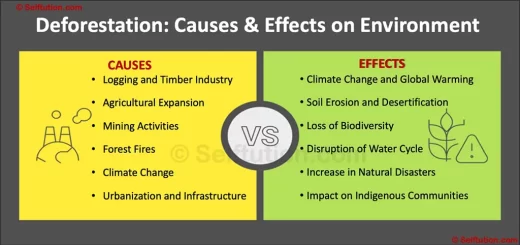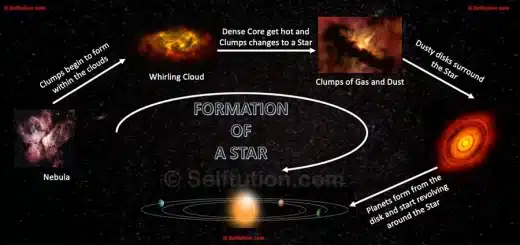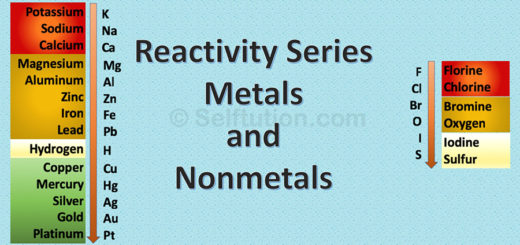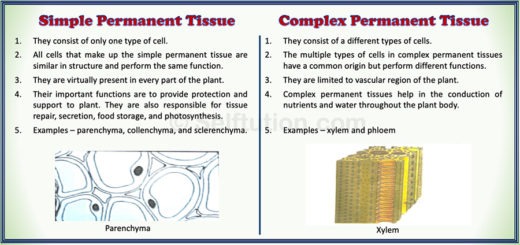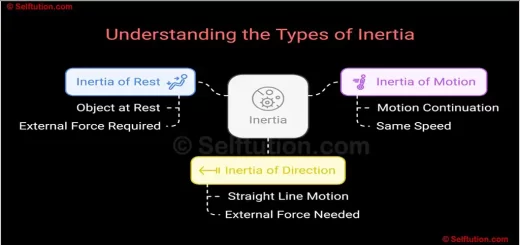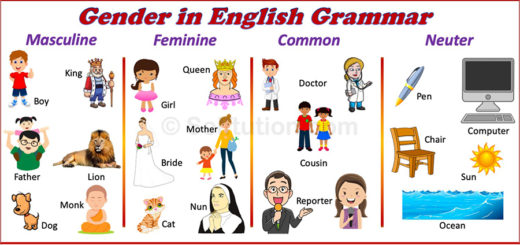Difference Between Asteroids and Meteorites
Have you ever looked up at the night sky and wondered about the differences between asteroids and meteorites?
In this article, we’ll explore these celestial objects. Asteroids are like rocky neighbors in space, orbiting the sun, while meteorites are bits of asteroids that survive the fiery trip through Earth’s atmosphere.
Knowing these disparities can deepen our fascination with space. Join us as we embark on a journey to grasp the difference between asteroids and meteorites, making the wonders of the cosmos accessible to all.
What are the Asteroids?
Asteroids are like big rocks floating in space. Although they are not planets, they travel around the sun, just like Earth and other planets do. Some asteroids are as small as pebbles, while others are as big as cities. They are made of rocks, metals, and sometimes even ice. Most asteroids live in a place called the asteroid belt, which is between Mars and Jupiter. Sometimes, asteroids can come close to Earth, but usually, they stay far away. Scientists study asteroids to learn more about the history of our solar system and to understand if any of them might come too close to Earth. Overall, asteroids are fascinating objects in space that help us know more about our universe.
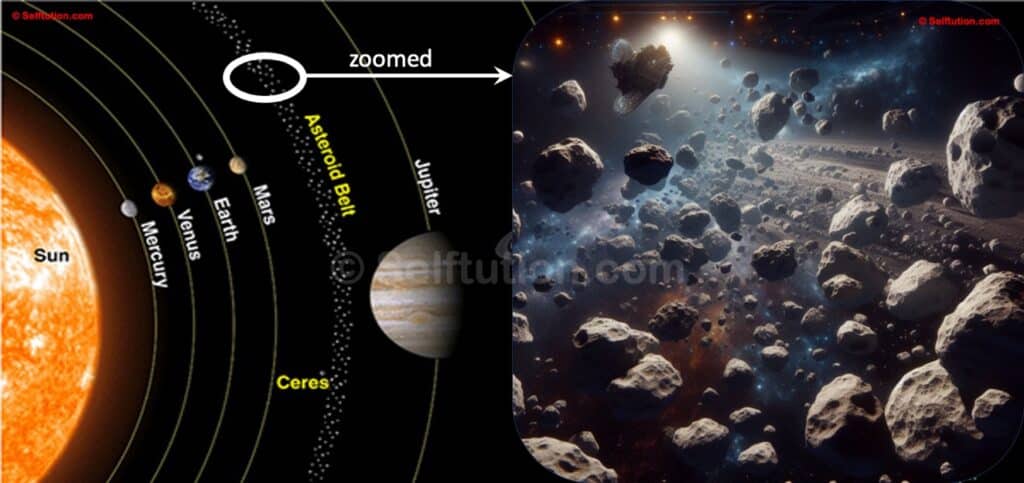
Depiction of Asteroids floating between Mars and Jupiter in the region called Asteroid Belt
What are Meteorites?
Meteorites are like visitors from outer space that crash-land on Earth. They start their journey as small rocks called meteoroids. When a meteoroid enters Earth’s atmosphere, it burns up and becomes a bright streak of light in the sky, called a meteor or shooting star. If a meteoroid survives the fiery trip and lands on Earth’s surface, it’s called a meteorite. Meteorites can be big or small and are made of rock or metal. They come in different shapes and sizes. Some asteroids even have special features like tiny crystals or unusual markings. Scientists study meteorites because they give us clues about the early solar system and the materials that formed planets like Earth. So, meteorites are like cosmic storytellers, helping us unlock the universe’s secrets.
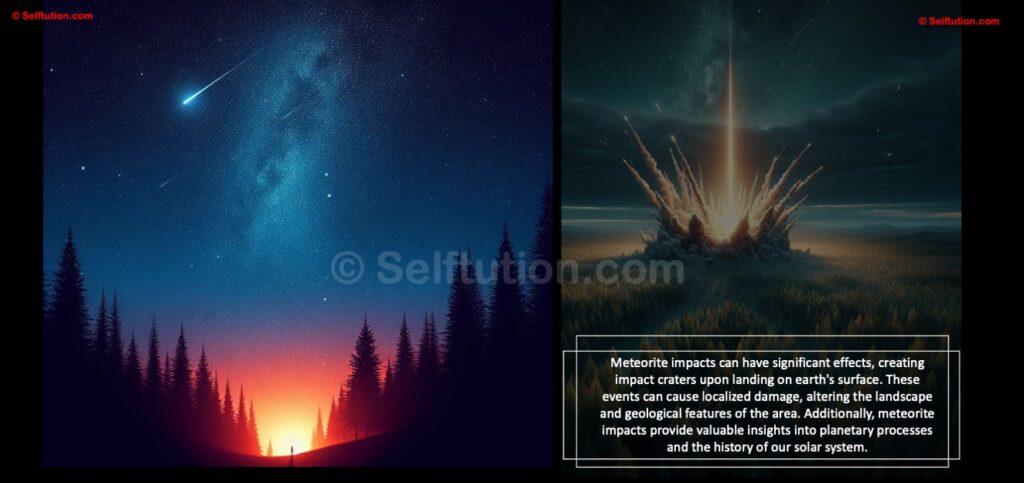
A meteorite with its fiery tail traveling in the night sky when falls on Earth, may cause a huge explosion and devastation.
Difference between Asteroids and Meteorites
Now that we know what asteroids and meteorites are, let’s talk about the differences between the two. Let’s delve into these differences between asteroids and meteorites:
1. Origin
Asteroids are rocky objects primarily originating from the early solar system, often found in the asteroid belt between Mars and Jupiter. They are remnants of planetary formation. Meteorites, on the other hand, can originate from asteroids, comets, or other celestial bodies. They are fragments that have broken off their parent bodies and survived entry into Earth’s atmosphere, landing on its surface.
2. Composition of Asteroids and Meteorites
Asteroids are typically composed of rock, metal, and sometimes ice, whereas meteorites can vary in composition, including stony, iron, or stony-iron combinations.
3. Shape and Size
Asteroids and meteorites differ significantly in terms of shape and size. Asteroids, found primarily in the asteroid belt between Mars and Jupiter, exhibit a range of shapes and sizes, from small rocky fragments to large masses resembling miniature planets. Their shapes can be irregular, spherical, or even elongated, depending on factors like collisions and gravitational interactions. In contrast, meteorites, which are fragments that survive entry into Earth’s atmosphere, vary greatly in size and shape. They can range from tiny pebbles to large boulders, with shapes influenced by their parent bodies and the forces encountered during atmospheric entry. Some meteorites exhibit smooth surfaces, while others retain their original irregular shapes. Understanding these differences in shape and size between asteroids and meteorites is crucial for unraveling their origins, dynamics, and impacts on celestial bodies like Earth.
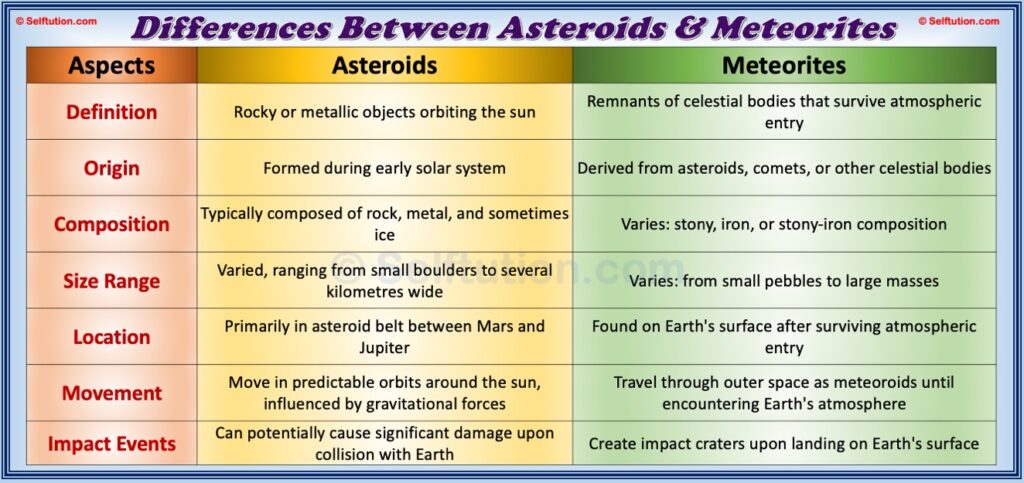
Difference between Asteroids and Meteorites
4. Location of Asteroids and Meteorites
Asteroids primarily reside in the asteroid belt, located between Mars and Jupiter, where they orbit the sun. Their location within this region varies, with some asteroids following elliptical paths while others maintain more circular orbits. In contrast, meteorites originate from outer space but are found on Earth’s surface after surviving atmospheric entry.
5. Movement
Asteroids move in predictable orbits (elliptical or circular) around the sun, primarily within the asteroid belt. In contrast, meteorites do not maintain consistent movement patterns like asteroids. Instead, they are passive fragments that travel through space as meteoroids until they encounter Earth’s atmosphere. Upon entry, meteorites undergo rapid deceleration, resulting in fiery trails known as meteors or shooting stars. Their final movement is dictated by Earth’s gravitational pull, leading to impact events when they land on the planet’s surface.

Meteor shower
6. Impact Events
Asteroids can potentially cause significant impact events if they collide with Earth. Although these events are relatively rare, but if occur they can have devastating consequences, leading to mass extinctions and significant changes to the Earth’s environment. In contrast, meteorites are remnants of asteroids or other celestial bodies that survive the journey through Earth’s atmosphere and impact the surface. While meteorite impacts are smaller in scale when compared to asteroid impacts, they can still create impact craters, causing localized damage.
7. Observations and Studies
Astronomers observe asteroids using telescopes and spacecraft to study their composition, size, and orbit, providing insights into the formation and evolution of the solar system. They also conduct studies to understand the potential impact hazards posed by asteroids and develop strategies for planetary defense. In contrast, scientists study meteorites to glean information about the early solar system’s composition, planetary processes, and the effects of impact events on Earth. By analyzing meteorite samples, researchers can uncover clues about the origins of our solar system and the materials that formed planets like Earth, enriching our understanding of cosmic history.
You may also like…...Valence Shell & Electrons
